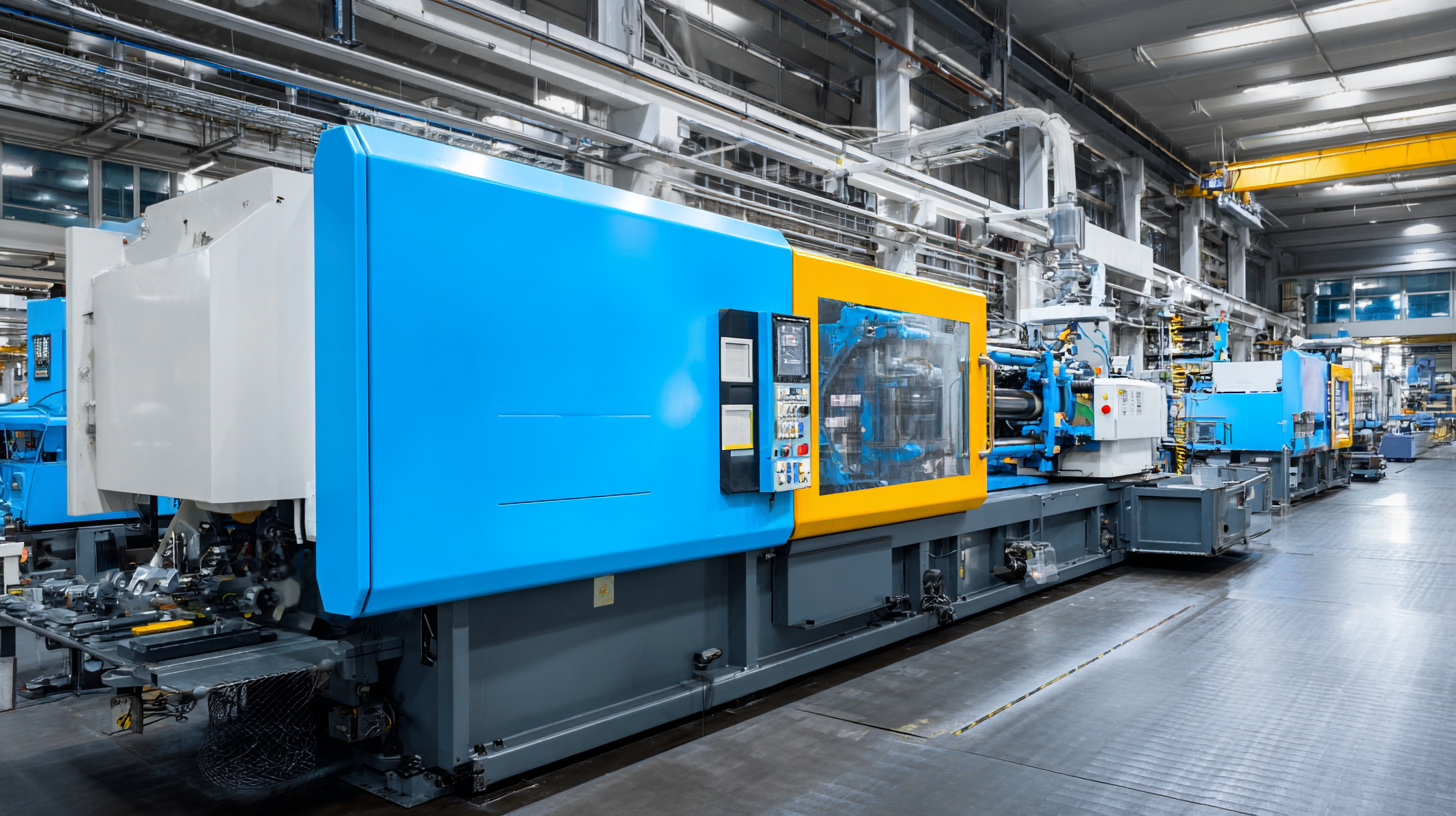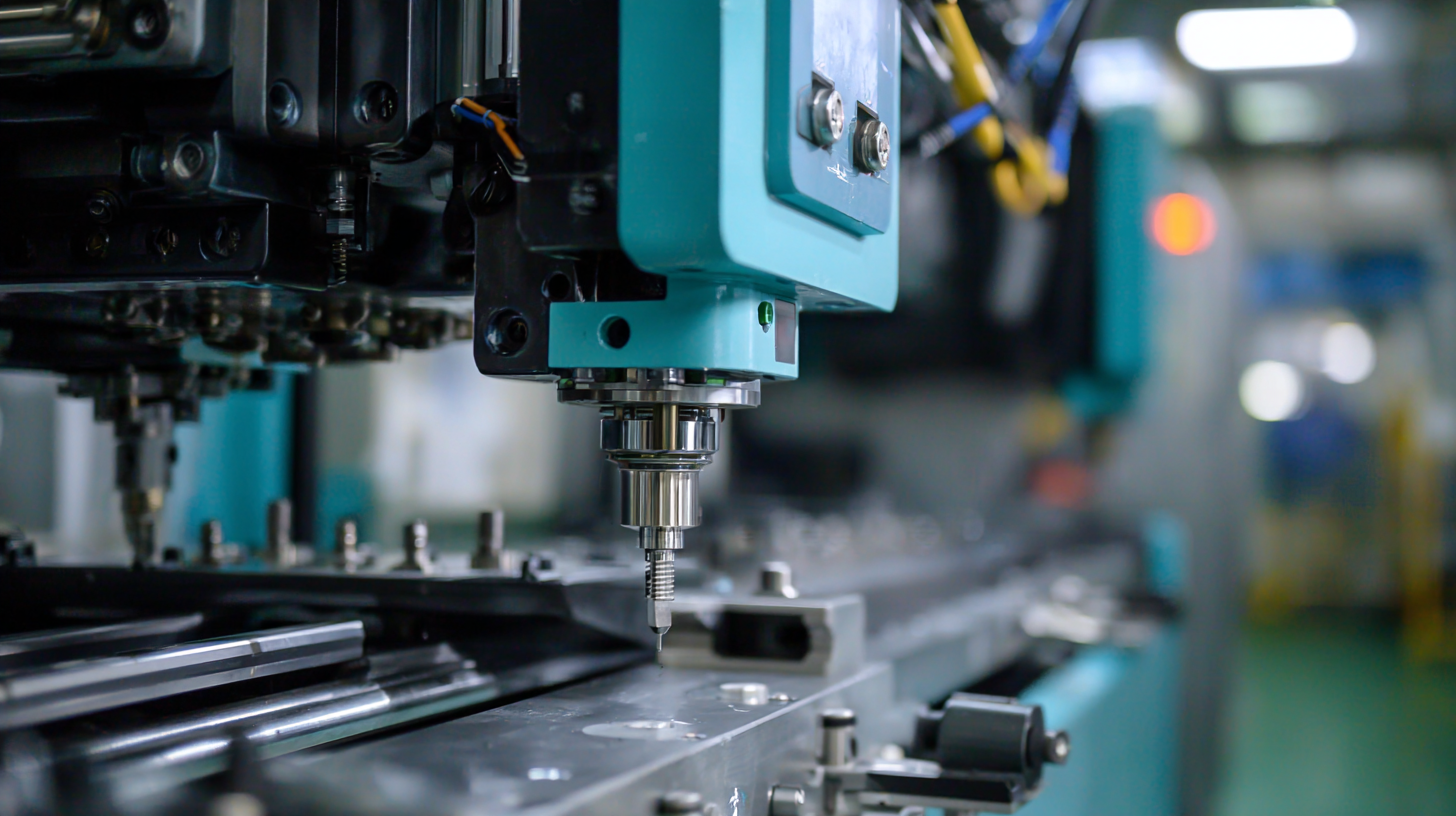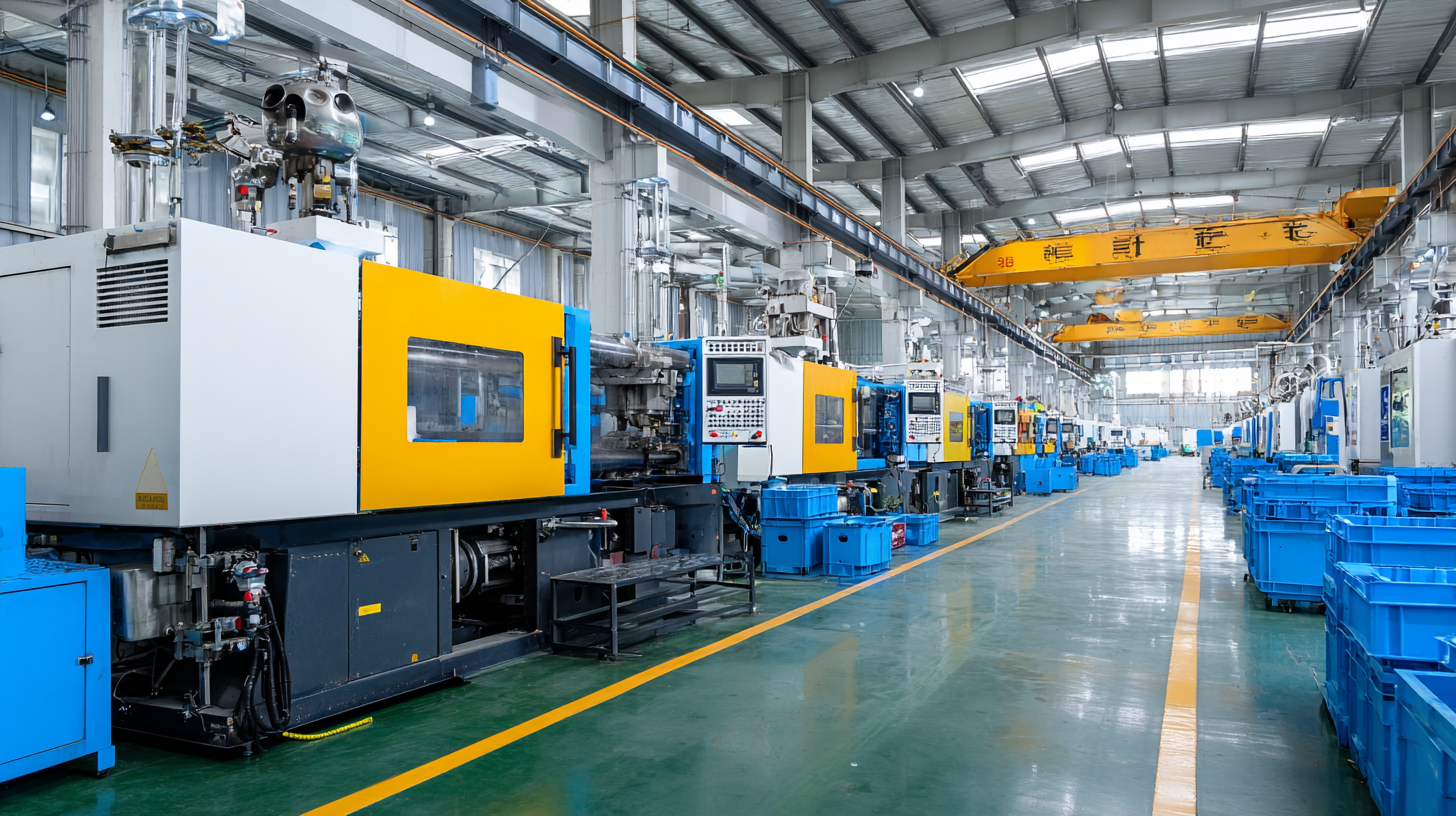How to Optimize Your Process for Polypropylene Injection Molding Success
 Polypropylene injection molding has become a cornerstone in the manufacturing industry, primarily due to its versatility and cost-effectiveness. According to a report by the MarketsandMarkets research firm, the global polypropylene market is projected to reach $159.2 billion by 2026, driven by increasing demand in packaging, automotive, and consumer goods sectors.
Polypropylene injection molding has become a cornerstone in the manufacturing industry, primarily due to its versatility and cost-effectiveness. According to a report by the MarketsandMarkets research firm, the global polypropylene market is projected to reach $159.2 billion by 2026, driven by increasing demand in packaging, automotive, and consumer goods sectors.
To capitalize on this growth, manufacturers must optimize their processes to enhance efficiency, reduce waste, and improve product quality. The successful application of polypropylene injection molding techniques can significantly impact overall production costs and cycle times, making it crucial to implement best practices in design, material selection, and machine operation. By focusing on these areas, businesses can not only navigate the competitive landscape but also achieve sustainable growth and profitability in their operations.
Understanding the Importance of Material Selection in Polypropylene Injection Molding
In the realm of polypropylene injection molding, the selection of material is paramount, particularly when optimizing the design and parameters for manufacturing components like a car door inner panel. The mechanical performance of such components can be significantly enhanced through careful material choice, taking into account the unique properties of polypropylene and its composites. Discontinuous carbon fiber-reinforced polymers, for example, present a compelling option, as their properties can be tailored to meet the specific demands of automotive applications, providing strength while maintaining lightweight characteristics.
The optimization of the injection molding process parameters is critical to achieving efficiency and quality in production. Numerical simulations play a crucial role in this optimization, allowing for the analysis of flow patterns, temperature distribution, and cooling rates within the mold. By leveraging advanced techniques such as artificial neural networks, manufacturers can predict outcomes and adjust parameters accordingly, ensuring that the molded parts not only meet performance standards but also align with cost and production timelines. This multifaceted approach underscores the necessity of integrating material science with process engineering in the pursuit of injection molding success.
How to Optimize Your Process for Polypropylene Injection Molding Success
| Material Type | Melt Flow Rate (MFR) | Density (g/cm³) | Impact Resistance (kg·cm²) | Typical Applications |
|---|---|---|---|---|
| Homopolymer Polypropylene | 5-12 | 0.90-0.91 | 30-40 | Containers, automotive parts |
| Random Copolymer Polypropylene | 2-12 | 0.90-0.91 | 25-35 | Film, packaging, crates |
| Block Copolymer Polypropylene | 2-8 | 0.90-0.92 | 40-50 | Automotive components, pipes |
| Nucleated Polypropylene | 3-10 | 0.88-0.90 | 50-60 | Thinner and stiffer parts |
Key Parameters for Optimizing Injection Speed and Pressure in Production
Optimizing injection speed and pressure is crucial for successful polypropylene injection molding. The injection speed, which dictates how quickly the molten polymer enters the mold, plays a significant role in determining the quality of the final product. A higher injection speed can lead to better filling of complex mold geometries, reducing the chances of defects such as short shots or incomplete filling. However, excessive speeds may introduce issues like increased shear heating, which can degrade the polymer’s properties. Therefore, a careful balance must be struck based on the specific requirements of the application.
Pressure is another key parameter that influences the injection molding process. Properly managing injection pressure ensures that the molten polypropylene maintains the required viscosity for optimal flow characteristics. Insufficient pressure can result in poor part density and increased likelihood of voids, while excessive pressure can lead to material degradation and potential damage to the mold. By fine-tuning both injection speed and pressure, manufacturers can enhance production efficiency, ensure consistent quality, and reduce cycle times, ultimately leading to a more successful injection molding operation.
Optimization of Injection Speed and Pressure in Polypropylene Injection Molding
Implementing Effective Mold Design Techniques for Enhanced Efficiency
Implementing effective mold design techniques is crucial for enhancing efficiency in polypropylene injection molding. A key advancement in this area is the development of knowledge graph-driven systems that leverage deep semantic understanding to streamline complex design processes. Traditional methods often suffer from inefficiencies and high error rates, making the integration of intelligent data-driven technologies essential. By utilizing reinforcement learning and personalized optimization through knowledge graphs, manufacturers can customize production processes to meet specific needs, thus achieving greater accuracy and efficiency.
Moreover, innovative cooling methods, such as using liquefied CO2 in the injection molding process, significantly reduce cooling times, which is a critical factor in mass production. This approach not only enhances the overall speed of production but also contributes to energy efficiency, addressing two major challenges in the field. Additionally, advancements in structural topology optimization for composite materials offer new opportunities for creating lightweight, high-performance designs that are pivotal in modern injection molding applications. These cutting-edge techniques collectively pave the way for more efficient mold design and production processes.

Strategies for Reducing Cycle Time Without Compromising Quality
Optimizing the polypropylene injection molding process is essential for manufacturers looking to enhance productivity and maintain product quality. A primary strategy for reducing cycle time without compromising quality involves the careful selection of mold design and materials. According to a report by the Plastic Industry Association, improvements in mold design can lead to cycle time reductions of up to 30%, allowing for significant increases in overall efficiency. Implementing techniques such as cooling channel optimization can further minimize cycle times while ensuring consistent part quality.
Another effective strategy is to leverage advanced automation and monitoring technologies. Utilizing real-time data analytics can help manufacturers identify bottlenecks in the injection molding process, enabling quick adjustments that enhance cycle time without affecting the integrity of the final product. A study published by the Society of Plastics Engineers highlighted that the integration of automated systems and predictive maintenance led to a reduction in downtime by approximately 20%, directly contributing to reduced cycle times. By focusing on these methods, manufacturers can achieve a balance between speed and quality in polypropylene injection molding.

Utilizing Predictive Maintenance to Minimize Downtime in Injection Molding Operations
Predictive maintenance is a powerful strategy for optimizing polypropylene injection molding operations, particularly in minimizing downtime. By utilizing advanced data analytics and machine learning algorithms, manufacturers can monitor equipment performance in real-time, predicting potential failures before they occur. This proactive approach allows operators to schedule maintenance activities during non-productive hours, thereby reducing unexpected breakdowns that can significantly disrupt production schedules.
Implementing predictive maintenance goes beyond merely reacting to machine errors. It involves creating a comprehensive database of equipment performance metrics, which helps identify patterns and trends over time. For instance, tracking temperature fluctuations, pressure changes, and cycle times can reveal early warning signs of component wear or malfunction. By addressing these issues preemptively, companies can ensure that their injection molding processes run smoothly, maintaining high levels of efficiency and product quality while ultimately driving down operational costs.
Related Posts
-

Innovative Injection Moulding Process Examples That Drive Global Procurement Efficiency
-

7 Amazing Benefits of Using PVC Material in Modern Manufacturing
-

Unlocking the Potential of Polypropylene Plastic for Sustainable Packaging Solutions
-

Unlocking the Advantages of Polyvinyl Chloride for Global Supply Chain Efficiency
-

Innovative Solutions for Polyvinyl Chloride Applications in Various Industries
-

7 Compelling Reasons to Choose the Right Injection Molding Materials for Your Production Needs
